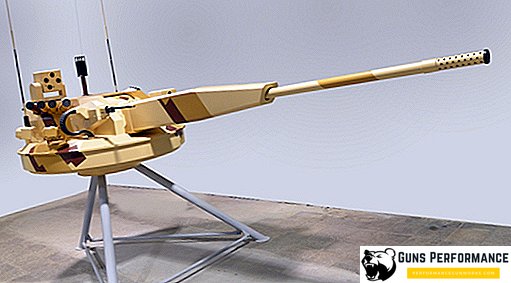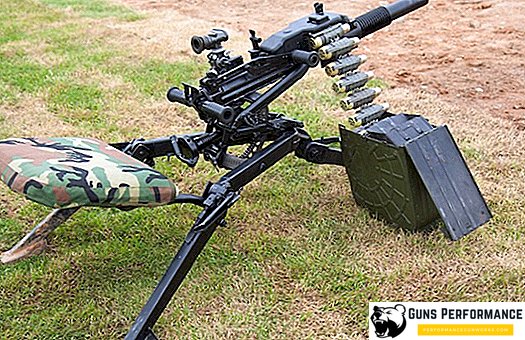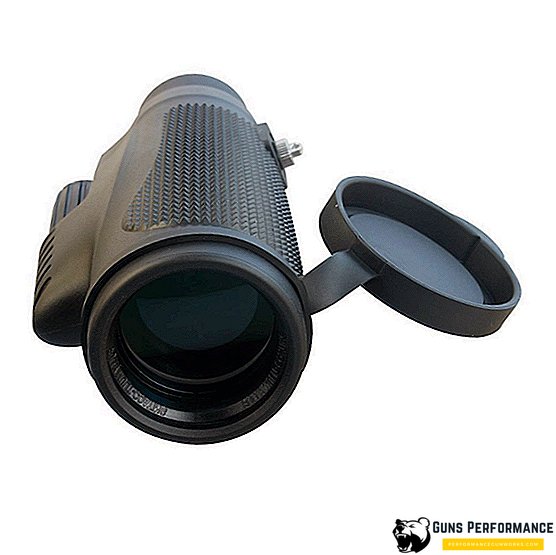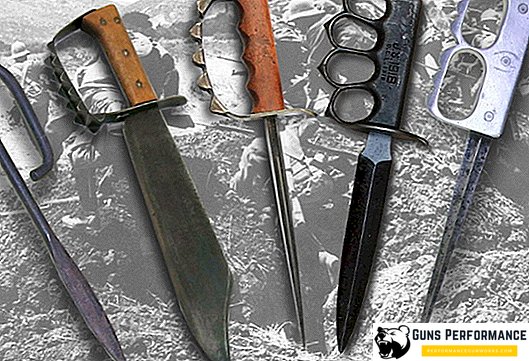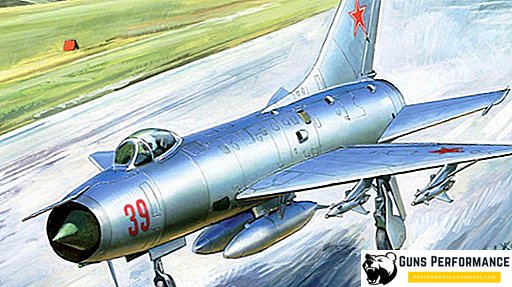
The Yak-42 is a Soviet passenger jet plane developed by the designers of the Yakovlev Design Bureau in the mid-1970s. This machine is designed to work on routes of medium length. The first flight of the Yak-42 made in 1975, its operation began in 1980, the mass production of the ship continued until 2003. During this time, 183 cars were produced. Production was established at the Saratov and Smolensk Aviation Plant.
The Yak-42 is in operation so far, both in the former Soviet republics and in foreign countries: Iran, Cuba, China, Pakistan.
The liner was created to replace the outdated Tu-134, but this did not happen. Tupolev machines are still in operation (a total of 853 Tu-134 aircraft were built). However, the reason for the failure was not the flaws of the Yak-42, but the collapse of the USSR and the sharp decline in purchases of domestic aircraft. In general, the Yak-42 is a great car, with excellent flight performance and good handling, this aircraft has eight world records. During serial production and operation, about ten modifications of the Yak-42 aircraft were developed.
The design of the liner was very modern (even by world standards) for the early 80s. Special attention was paid to the convenience of the passengers: the Yak-42 is equipped with large round windows, comfortable seats for passengers, and excellent sound insulation.

Currently, the Sukhoi Superjet 100 project is being promoted as a replacement for the Yak-42, but it is difficult to call it successful.
History of creation
In the early 70s in the USSR it was decided to create a new passenger medium-haul aircraft, designed to replace the outdated Tu-134 and Il-18 airliners. The designers of the Yakovlev Design Bureau took up the development of the machine, and the experience gained during the creation of the Yak-40 aircraft was actively used during the work.
An aircraft layout scheme was chosen, similar to the Tu-154 and Yak-40 liners - with three engines in the rear of the car and a T-tail unit. For two years (1974-1976) four prototypes of the new aircraft were created, one of which even had a special parachute for testing the launch of a spin.
The first prototype of the future liner had an 11 ° swept wing. Initially, the designers planned to almost completely repeat the design of the Yak-40 and install a practically straight wing on the new aircraft. Such a design decision increased the lift force of the aircraft, which allowed saving fuel and increasing the flight range. However, the wing with a greater sweep (especially with more powerful engines) gave the aircraft better speed characteristics.
The sketch was submitted to Brezhnev and received approval, which at that time was almost crucial. After approval by the Yakovlev Design Bureau, it decided to reduce the development time of the new machine by one year. At the end of 1974, an experimental machine was ready, and in March 1975, it first flew into the air.

Tests were carried out normally, but the speed characteristics of the car were lower than expected - 680 km / h at an altitude of 8 thousand meters. The Ministry of Civil Aviation demanded that the new liner had a cruising speed of 700-800 km / h. To achieve these characteristics, the Yakovlev Design Bureau decided to increase the wing sweep.
Changes in the design were made very quickly: after a few months, the Yak-42 with a wing of the new form took part in test flights. The plane received excellent reviews from test pilots, they noted the excellent power of the new machine, its excellent handling, stability and good aerobatic qualities.
In 1977, the Yak-42 was shown at the International Aviation Exhibition in France.
Serial production of the new aircraft began in 1977, but it received a certificate of airworthiness only in 1980, then its operation began. A serious blow to the project was the 1982 catastrophe near Mozyr, as a result of which everyone on board was killed. After this tragedy, the production and flights of the Yak-42 were discontinued for two years.
In 1988, the production of a new modification of the aircraft began - the Yak-42D, which had a greater range and increased take-off weight. This machine has been exported. Currently, due to the termination of the activities of the Saratov Aviation Plant, maintenance of Yak-42D liners is no longer carried out.

The last Yak-42 was manufactured in 2003. In Russia, the operation of these aircraft continued until the tragedy that occurred on September 7, 2011. On this day, the Yak-42 crashed near Yaroslavl, and the local hockey team Lokomotiv was on board. The accident killed 44 people. After these events, the flights of the Yak-42 were suspended.
Description of construction
The Yak-42 is a nizkoplan with three engines, a semi-monocoque fuselage and a three-bearing retractable landing gear. Entrance to the passenger compartment is made through a retractable ladder at the tail of the aircraft (as on the Yak-40). This scheme made unnecessary access ramps, which many third-class airfields did not have at all.

The design of the aircraft used a lot of innovative solutions for its time, which made it possible to achieve characteristics that often contradict each other: landing and takeoff of the Yak-42 are possible from low-prepared airfields, and the car has good cruising speed and excellent economy.
In front of the fuselage of the aircraft is the cockpit, as well as a niche of the front landing gear. It is followed by a passenger cabin with a maximum capacity of 120 people.

Yak-42 is equipped with three D-36 engines with a high degree of bypass (it is equal to 5.4), in addition, they are distinguished by high reliability and efficiency. Two engines are installed in the engine nacelles, and another is in the fuselage, at the base of the keel. Considerable thrust-to-weight ratio of the D-36 engine made it possible to take off and land even if one of the motors failed. It should also be noted that the D-36 have a minimum exhaust and comply with international environmental standards.
It should be added that the designers made every effort to reduce their aircraft noise level. Its level is fully consistent with international standards. Motor nacelles are equipped with a special noise reduction system consisting of perforated inserts made of metal and plastic.
The Yak-42 tricycle landing gear, its cleaning and release, as well as braking, is carried out by the hydraulic system. The wheels are unified with those used on the Tu-154.
The aircraft’s hydraulic system has two subsystems - the main and the emergency one. She is responsible for the operation of the elements of wing mechanization, controls the stabilizer and the rudder, releases and removes the chassis.
The Yak-42 fuel system consists of three tanks, one of which is located in the center section of the aircraft, and the other two are in the wing consoles. Each tank feeds one of the engines.

Unlike the Yak-40, the Yak-42 engines are not capable of reversing thrust, however, due to the low landing speed, the liner is able to use relatively small runways. Braking during landing is carried out using the chassis and spoilers.
Specifications
Below are the characteristics of the passenger liner Yak-42:
- empty aircraft weight, kg - 34515;
- length, m - 36.38;
- height, m - 9.83;
- wingspan, m - 34.88;
- wing area, sq.m - 150;
- Max. speed, km / h - 700;
- flight range, km - 1700 - 4000;
- ceiling, m - 9600;
- the number of passenger seats - 120;
- Max. take-off weight, kg - 57000;
- Max. planting weight, kg - 51000;
- Max. payload - 13,500;
- engines - D-36.





